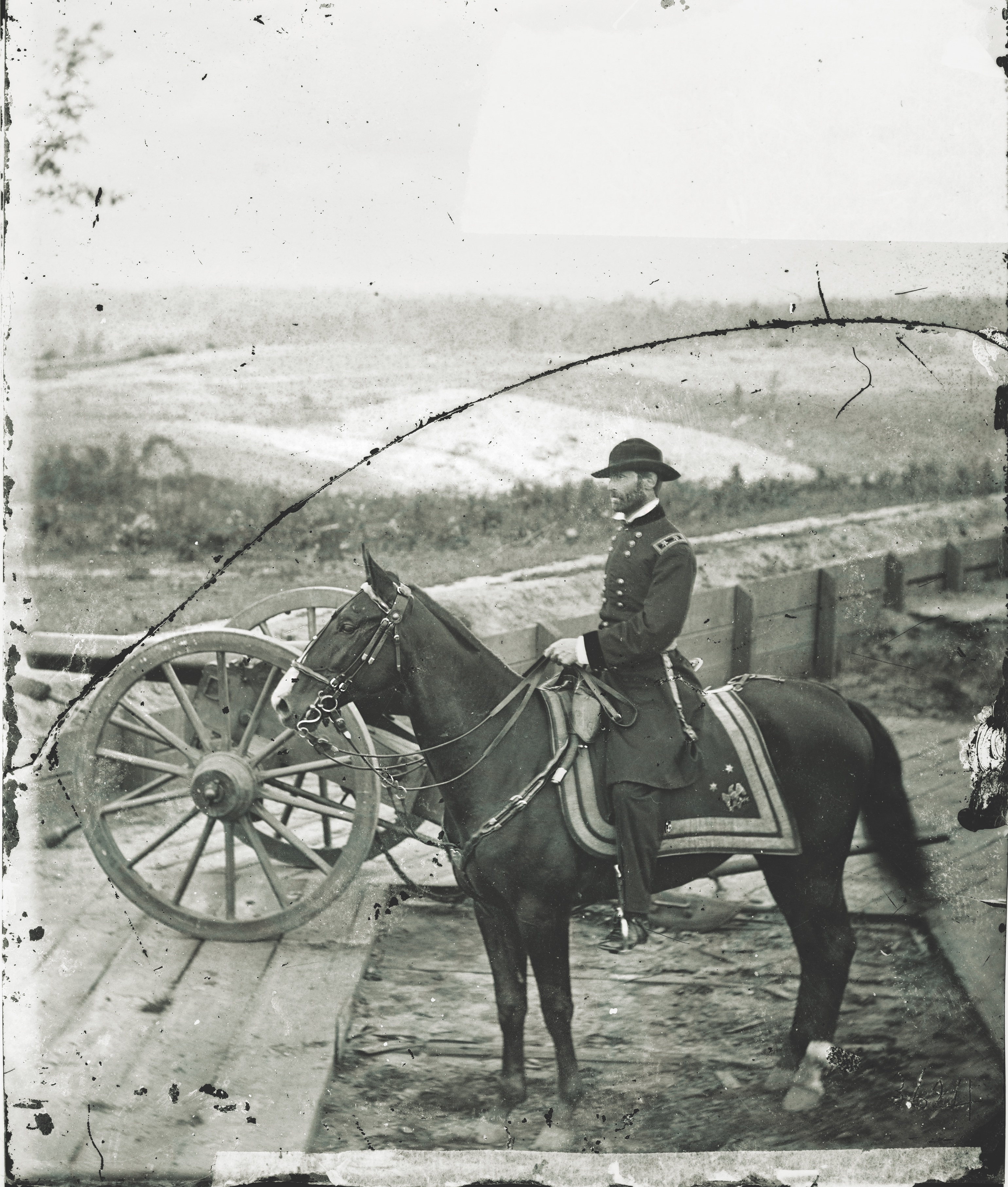
By Brian Holden Reid
Oxford University Press, 2020, $34.95
Civil war–era biographies that can double as doorstops seem to be in vogue again. Frederick Douglass, Ulysses S. Grant, and now William T. Sherman, the Union’s second most famous general and, arguably, its first modern one. More than 90 years ago, an English military historian, Sir B.H. Liddell Hart, portrayed Sherman as the dominant military genius of the Civil War. Brian Holden Reid, now England’s foremost expert on the Americans’ great internal conflict, generally agrees with Liddell Hart’s assessment. But Reid’s conclusion that “the subject of Sherman’s military career is far from closed in terms of scholarly or public scrutiny” will no longer be true. His deeply researched and deftly argued investigation will likely prove to be the definitive one for the foreseeable future.
While Reid’s biography takes the formal chronological approach, he approaches Sherman’s generalship the way a military analyst would. Reid’s analysis rests on three military arts. First, he seeks to explain Sherman’s reaction to forces over which he had little or no control, showcasing Sherman’s ability to pivot and adapt to changing conditions on the battlefield or on the home front. Second, he assesses Sherman’s ability to learn and grow from experience, a trait in which President Abraham Lincoln, for example, excelled. Finally, Reid evaluates Sherman’s strategic, tactical, and logistical abilities as exhibited on the battlefield during various stages of his career. How Sherman evolved in these three areas determined his success as a military practitioner in both subordinate and command positions.
In the early years of the war, Sherman was most comfortable in the role of subordinate commander, especially under the tutelage of Ulysses S. Grant, whom Sherman admired and trusted both as a man and a soldier. But when Grant was tapped as commander of all the Union armies and headed east in March 1864, he turned command of the Western Theater over to Sherman. Reid scrutinizes Sherman’s campaign from Chattanooga to Atlanta with the attention to detail that both Grant and Sherman would have appreciated. “The year 1864,” Reid maintains, “allowed Sherman to step forward and mount the steps of the podium of greatness.” Exercising command at the operational level, Sherman entered, according to Reid, “a very small and select group of military individuals who succeeded both as commanders in the field and as thinkers, who combined talents wielding both the sword and the pen.”
Reid carefully connects Sherman’s personality traits to his military strengths and weaknesses. Throughout, Reid maintains, “Sherman’s personality remained nothing less than very strong, vibrant, quirky, strikingly individualistic, and sometimes defiant of authority or prevalent opinions.” Nevertheless, Reid is confident that “these mercurial and effervescent attributes aided his leadership abilities.” Equally important for Reid, “Men followed Sherman readily and willingly.”
Presciently, Reid concludes that these traits coalesced in a “private and confidential” memorandum Sherman wrote to Commanding General of the Army Henry W. Halleck after the Vicksburg Campaign. Its subject was nothing less than the eventual reconstruction of the South. In typical Sherman fashion, he bluntly maintained that “[t]he South must be ruled or will rule. We must conquer them or ourselves be conquered. There is no middle course.” No middle course lay at the heart of all things for William T. Sherman. Fittingly, Reid’s concluding chapter is subtitled “Weighed in the Balance and Not Found Wanting.” At his funeral in February 1891, former President Rutherford B. Hayes opined that Sherman was, quite simply, “the most interesting and original character in the world.” Sherman would have smiled at that.





